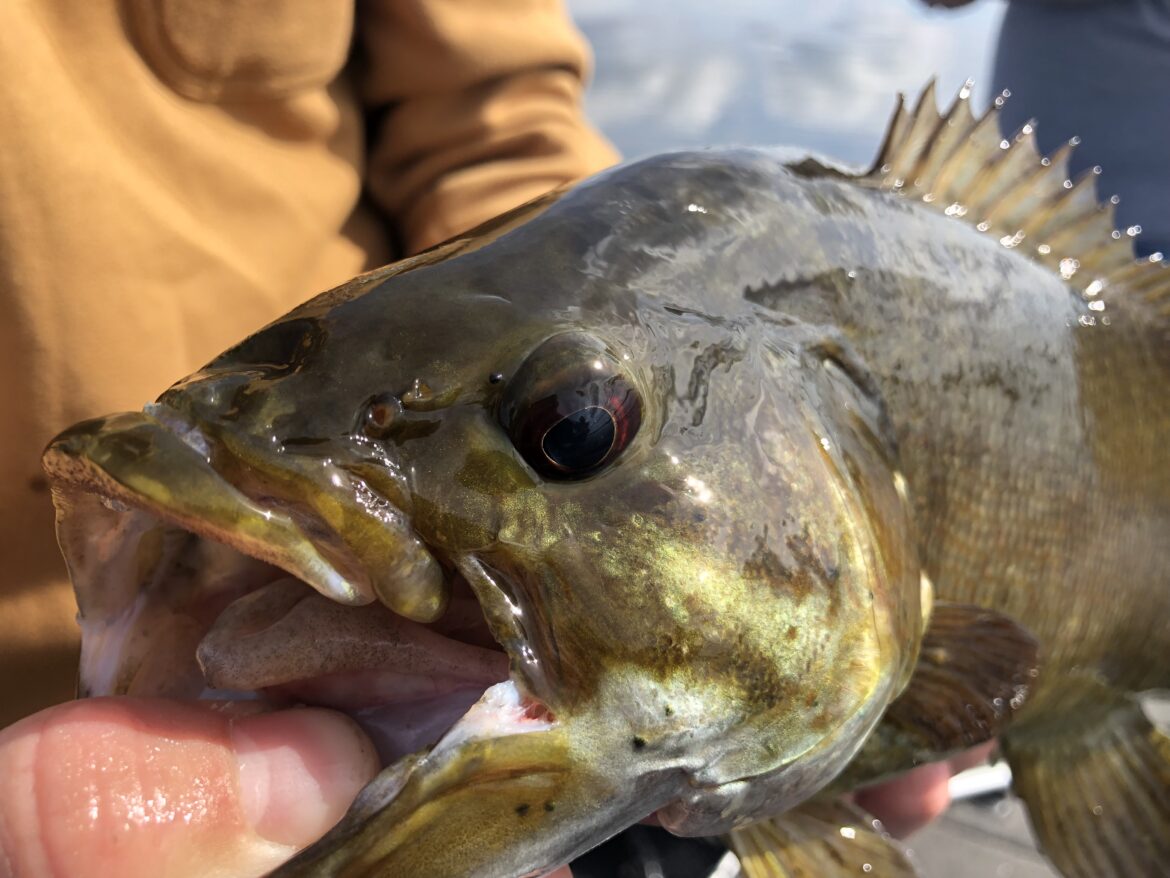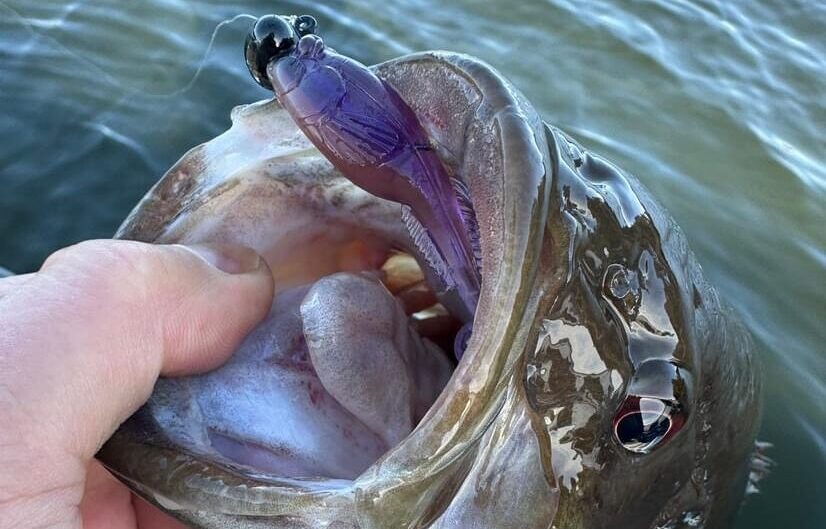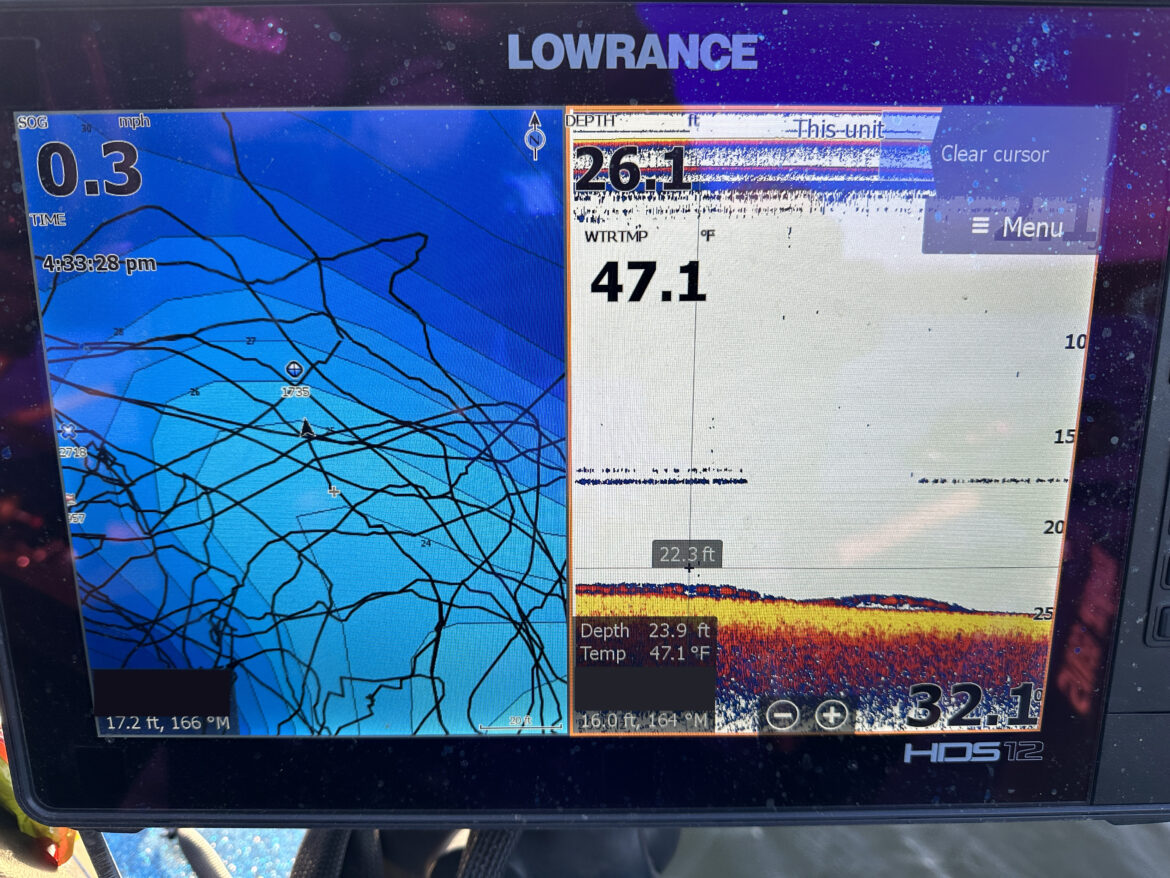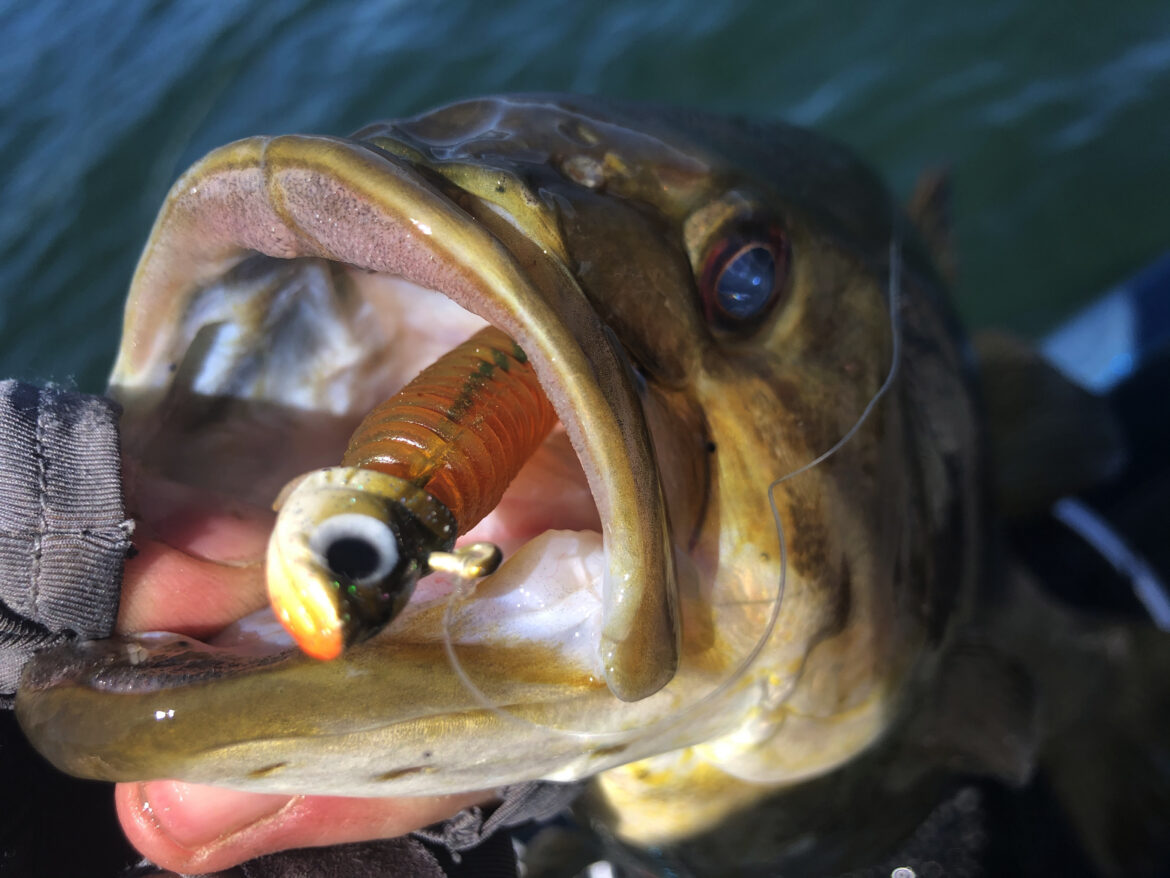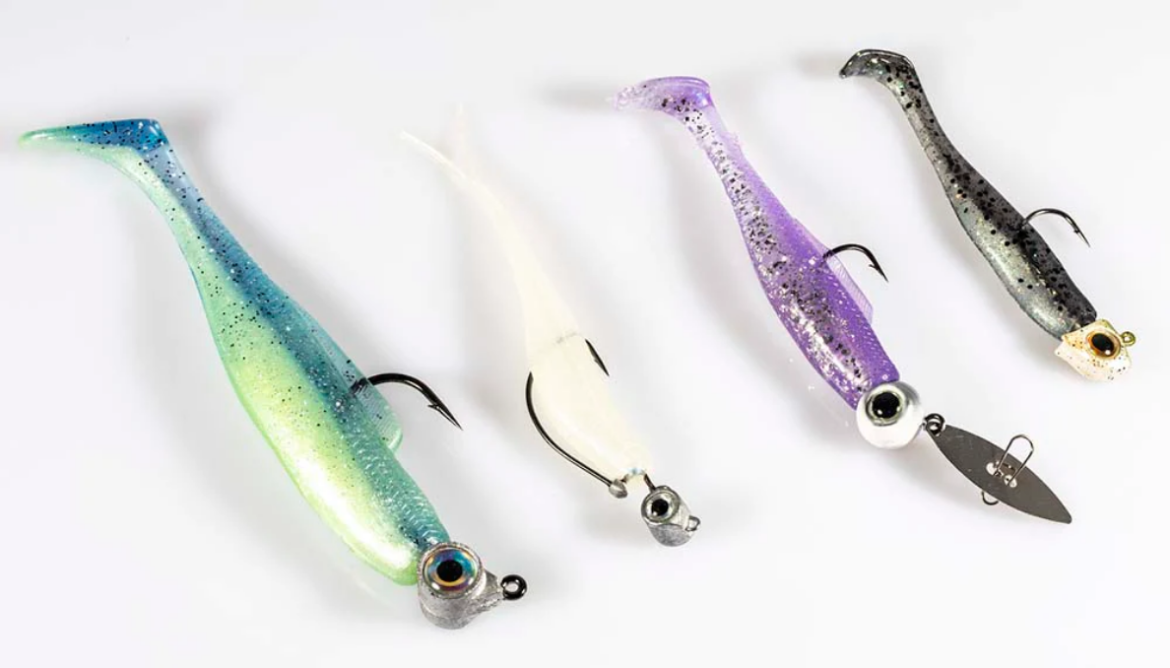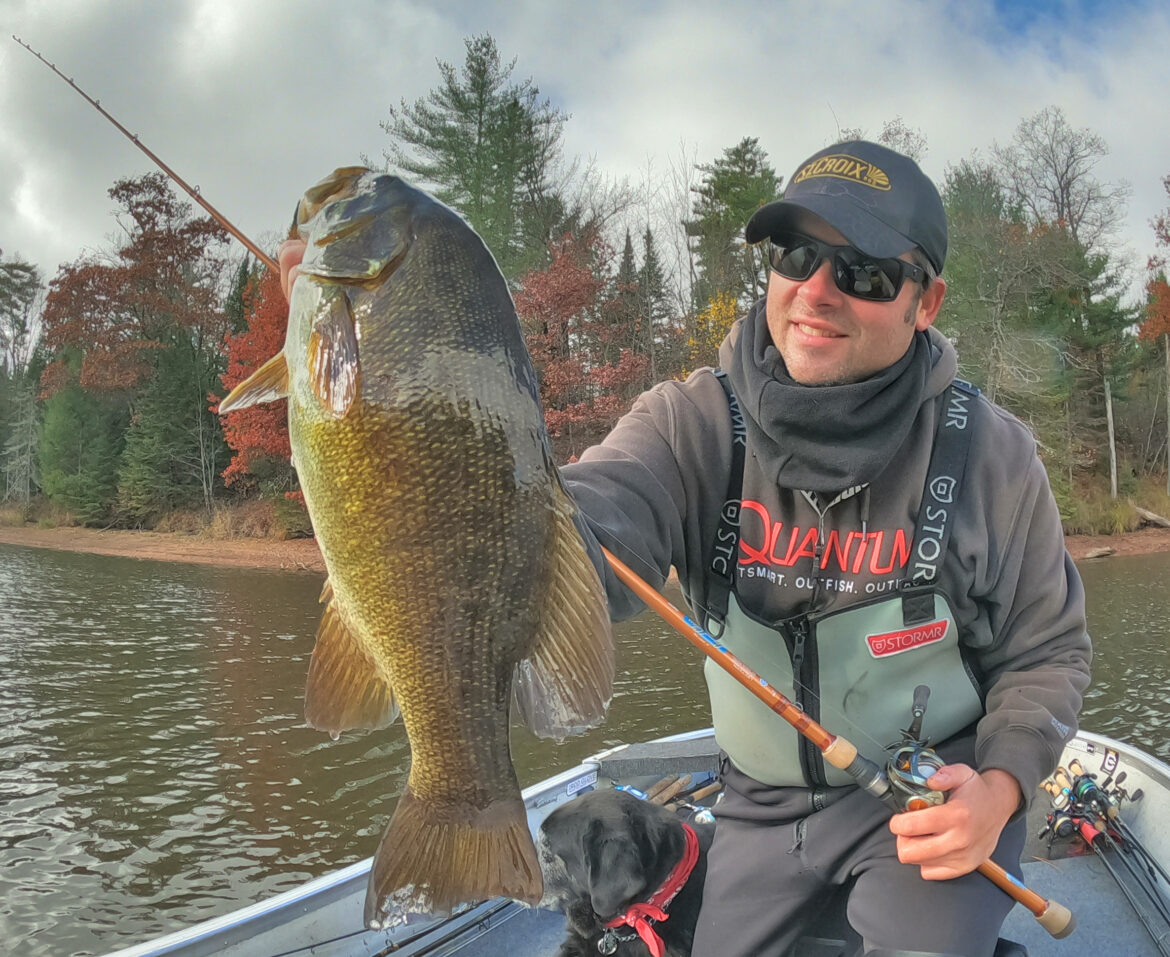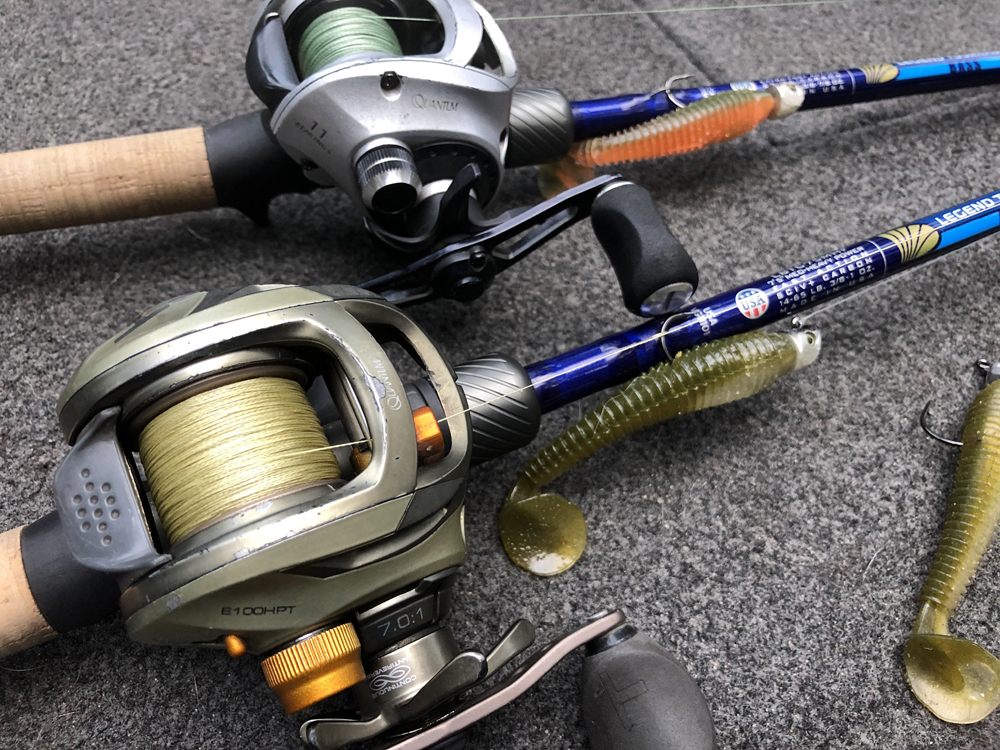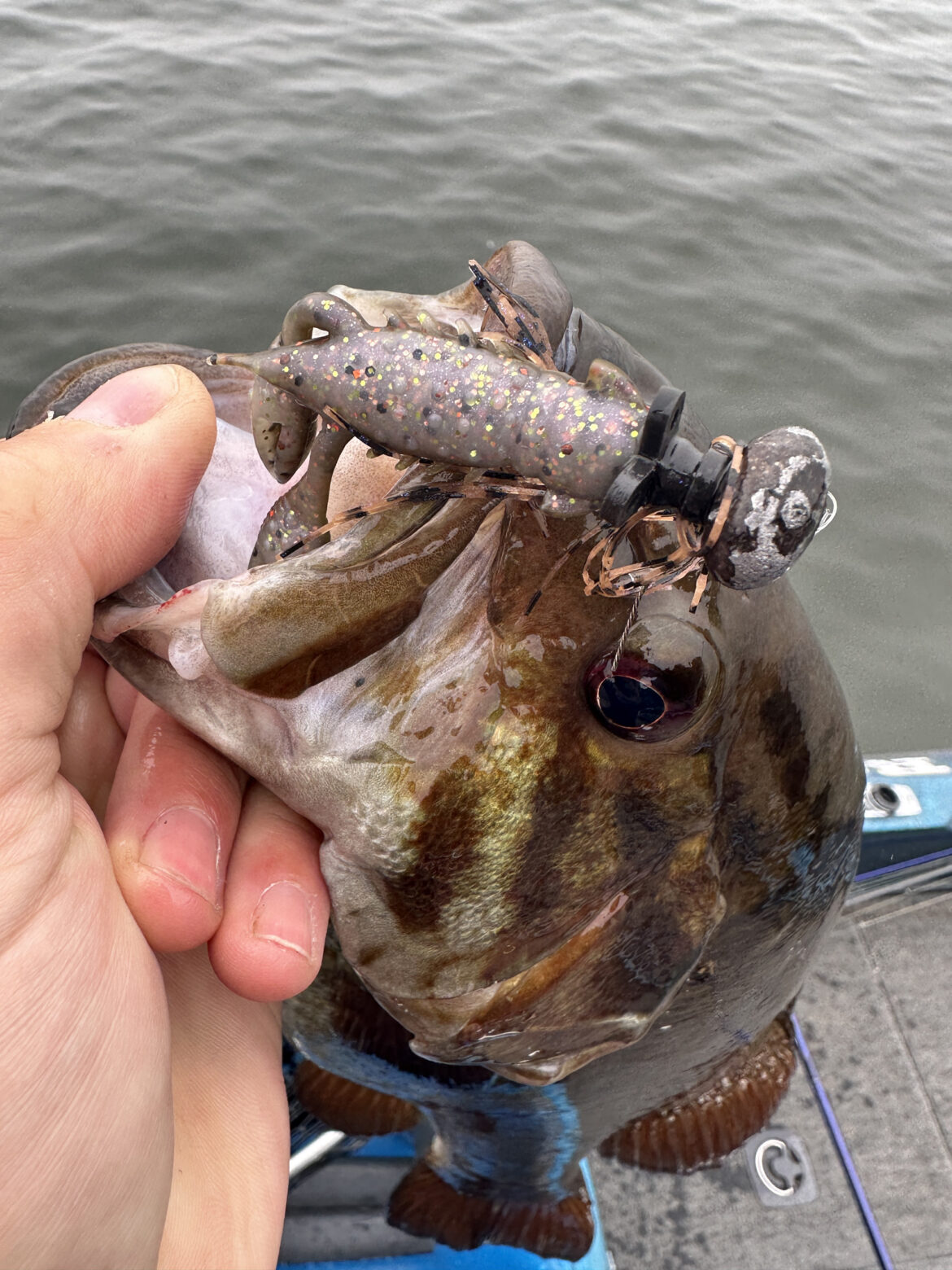If you clicked on this story thinking it’s a how-to about dealing with fishing pressure, you’re maybe 33% correct. This is mostly a venting session filled with observations and atrocities I witness each season. Fishing for a partial living is far from glamorous, and with it comes a lot of dirt if you know
Back in the day, I was of the belief that once lake turnover completed, most fish species moved out into the deepest areas of the lake where they’d live through the winter. My thought was that they’d be in the deepest, most tolerable water available (to them) for survival and protection. Keep in mind,
Ladson, SC (August 15, 2023) – A lone ship in the emptiness of outer space, your boat seems lost, disoriented, far from shore. Like throwing darts at stars, your first exploratory casts into the open abyss feel like a fruitless leap of faith. Thankfully, you’ve learned a thing or two about pelagic baitfish—oily, nutritious


